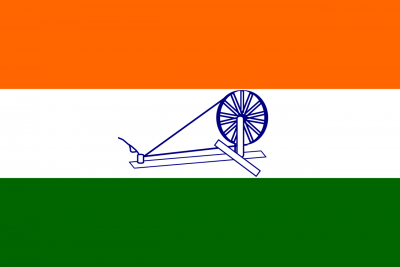Why was Gandhiji put into jail again once he got back from the Round Table Conference?

Gandhiji returned from England to India on December 28th, 1931. He addressed a huge gathering in Bombay- “I have come back empty handed, but I have not compromised the honour of my country”.
The British, intent on preventing any further civil disobedience movements in India, arrested Nehru and some other Congress leaders two days prior to Gandhiji’s arrival. Gandhiji was arrested on a century old regulation of no trial or no fixed term of imprisonment. Once again, he was confined in Yerwada prison.
Dr. B.R. Ambedkar demanded voting rights for untouchables and also a separate electorate for them, because he believed that otherwise his men would be swayed away by the caste Hindus. Many leaders opposed this view. Gandhiji opposed it for a different reason- he believed that no line of separation should be established between untouchables and the mainstream of the society. Accordingly, Gandhiji started a fast, until death in prison for the voting rights of the Harijans. The steadfast decision and his goodwill were accepted.
Gandhiji’s appeal and the efforts of the Congress leaders, soon led to a general campaign against untouchability. Many temples and wells throughout India were opened to the untouchables. But, unfortunately this campaign did not last very long.





 The Round Table Conferences were a series of conferences aimed to discuss the future of India.
The Round Table Conferences were a series of conferences aimed to discuss the future of India. Sarojini Naidu, the nightingale of India, led 2500 volunteers in a march to Dharasana salt works on 21st May. The salt work was guarded by the police. They attacked the satyagrahis with lathis. Not a single person raised his hand against the police. Sarojini Naidu was arrested, and sent to jail.
Sarojini Naidu, the nightingale of India, led 2500 volunteers in a march to Dharasana salt works on 21st May. The salt work was guarded by the police. They attacked the satyagrahis with lathis. Not a single person raised his hand against the police. Sarojini Naidu was arrested, and sent to jail.









